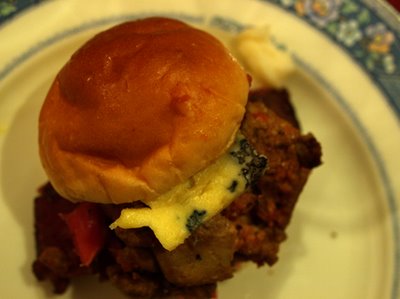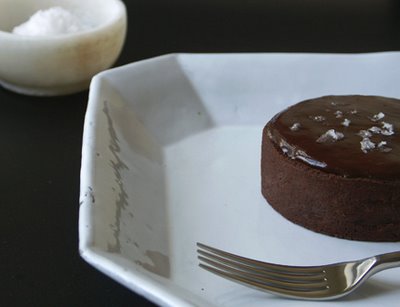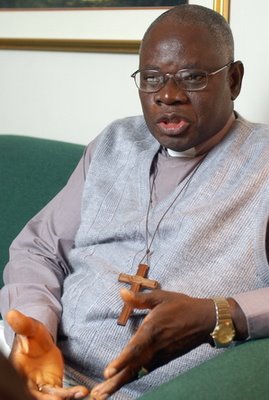 Champ Car World Series Logo - Copyright © 2007 Champ Car World Series, LLC.
Champ Car World Series Logo - Copyright © 2007 Champ Car World Series, LLC.
CCWS - New Year, New Chassis, New Venues, New Logo
Well, here we go!
The first offical time trials of the 2007 season are underway and the Champ Car World Series, North America's premiere open-wheel racing series is off to a blazing start.
Sporting a new chassis, a new logo, and having added six new venues (two of the venues in Europe) to a 17 race season, the Champ Car World Series (remnants of the old CART) looks to be set for one of the most exciting years yet.
Excerpts from two stories found at CCWS -
CHAMP CAR WORLD SERIES UNVEILS NEW LOGO FOR 2007 SEASON
Tuesday, January 23, 2007
The Champ Car World Series enters a new era in 2007 with six new venues, a number of new drivers and the brand-new Panoz DP01 chassis.To go along with the new-look series, Champ Car today unveiled its new logo that will be featured prominently on the cars, the driver and official uniforms as well as the new-look television package.
The logo is a sleeker, racier design than that of the past, and features the new DP01 on the right side of the layout. The traditional Champ Car colors of orange, silver and black are featured, and the style of the logo includes a chicane-like quality that stylizes the road and street courses that make up the 2007 Champ Car schedule.
----
“This new logo portrays many of the things that makes Champ Car special and unique and does it in an effective and stylish manner,” said Champ Car President Steve Johnson. “Having the DP01 in the logo is also a key for us, as it displays what Champ Car racing is all about.”The logo will begin to be displayed on the cars as early as tomorrow in the first of the year’s three open test session, which is taking place at Sebring International Raceway.
Further tests will take place at MSR Houston in February and at Laguna Seca in March as teams prepare for the 2007 season opener, April 6-8 in Las Vegas.
Read All>>
CHAMP CAR WORLD SERIES ANNOUNCES THE ADDITION OF TWO EUROPEAN EVENTS TO THE 2007 CALENDAR
Tuesday, January 16, 2007
The Champ Car World Series today announced that it will return to Europe for the first time since 2003 with inaugural races in Holland and Belgium.
Events added to the Champ Car World Series calendar will take place September 2 at the TT Circuit in Assen, Holland and September 9 at the Zolder circuit in Belgium. It will be the first time that Champ Car has raced in either of the two European nations.
"2007 continues to shape up as one of the most exciting in recent memory for Champ Car and today's announcement raises the anticipation level even higher," said Champ Car President Steve Johnson. "We considered a number of options for our return to Europe and these two events will prove to be very successful for our teams, fans and sponsor partners.
"The Assen circuit, long fabled for hosting exciting Grand Prix motorcycle events, underwent major modifications for the 2006 season, resulting in a 4.5-kilometer track that will provide a stern challenge for the Champ Cars.
Zolder is a 3.977-kilometer circuit which also underwent safety renovations for the 2006 season, after hosting Formula 1 events in the 1970s and 80s. The track will carry the process a step farther for the 2007 Champ Car visit, making further improvement to ensure a safe and challenging event.
"We are excited to bring the American equivalent of Formula 1 racing to Europe," said event promoter Bart Rietbergen. "Champ Car provides close racing that is easy for European fans to understand, and they will be very impressed with the access that they will have in the Champ Car paddock.
"The addition of the two European events brings the number of races on the 2007 Champ Car schedule to 17, marking the most races on a Champ Car calendar since 2003. The last time that the series went to Europe served as the coming-out party for three-time Champ Car champion Sebastien Bourdais, who took his first series victories by sweeping races in Brands Hatch and EuroSpeedway Lausitz.
Read All>>
UPDATE:
Actual European Event Dates -
Heusden-Zolder, Belgium - August 24 - 26, 2007
Assen, Holland - August 31 - September 2, 2007




















